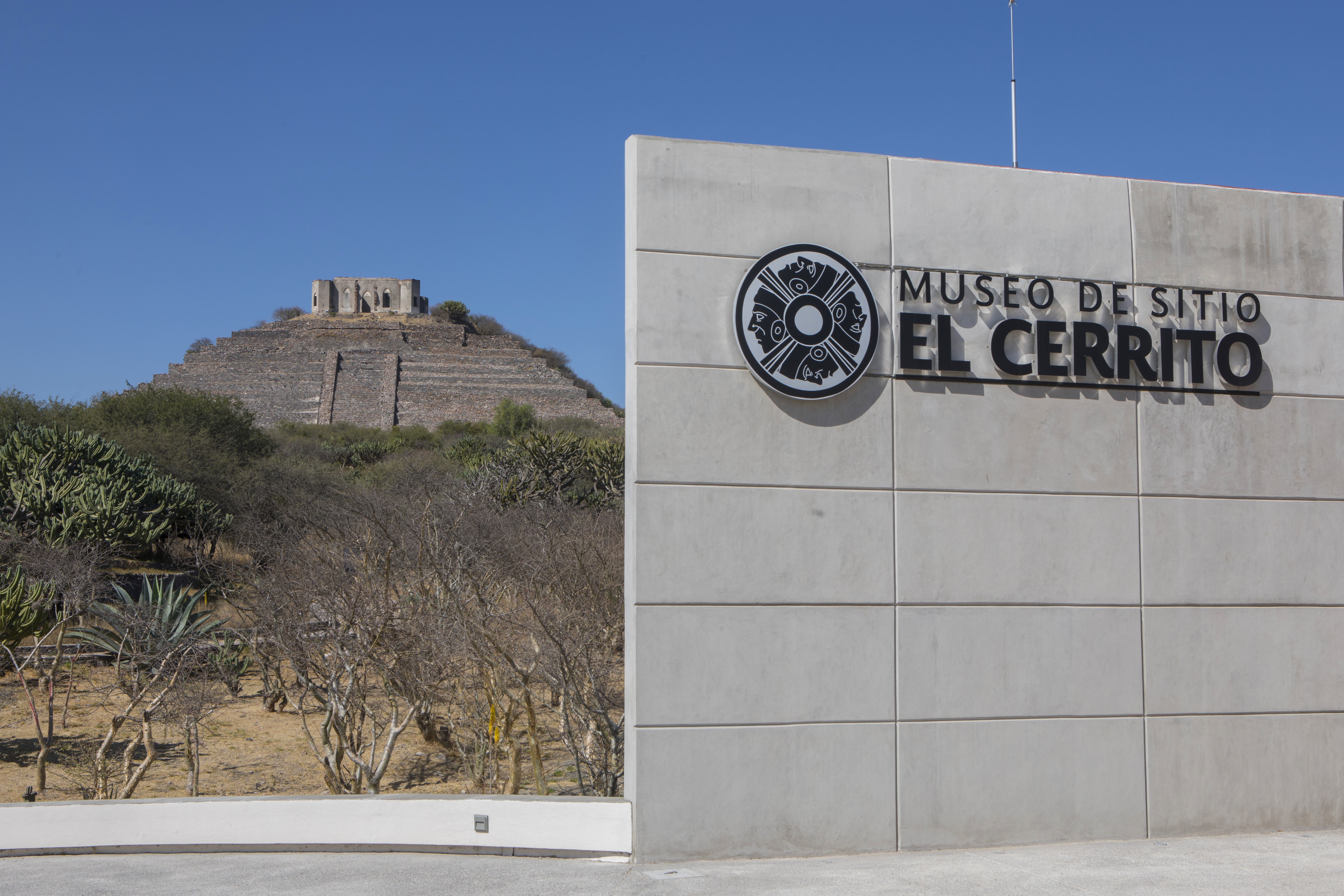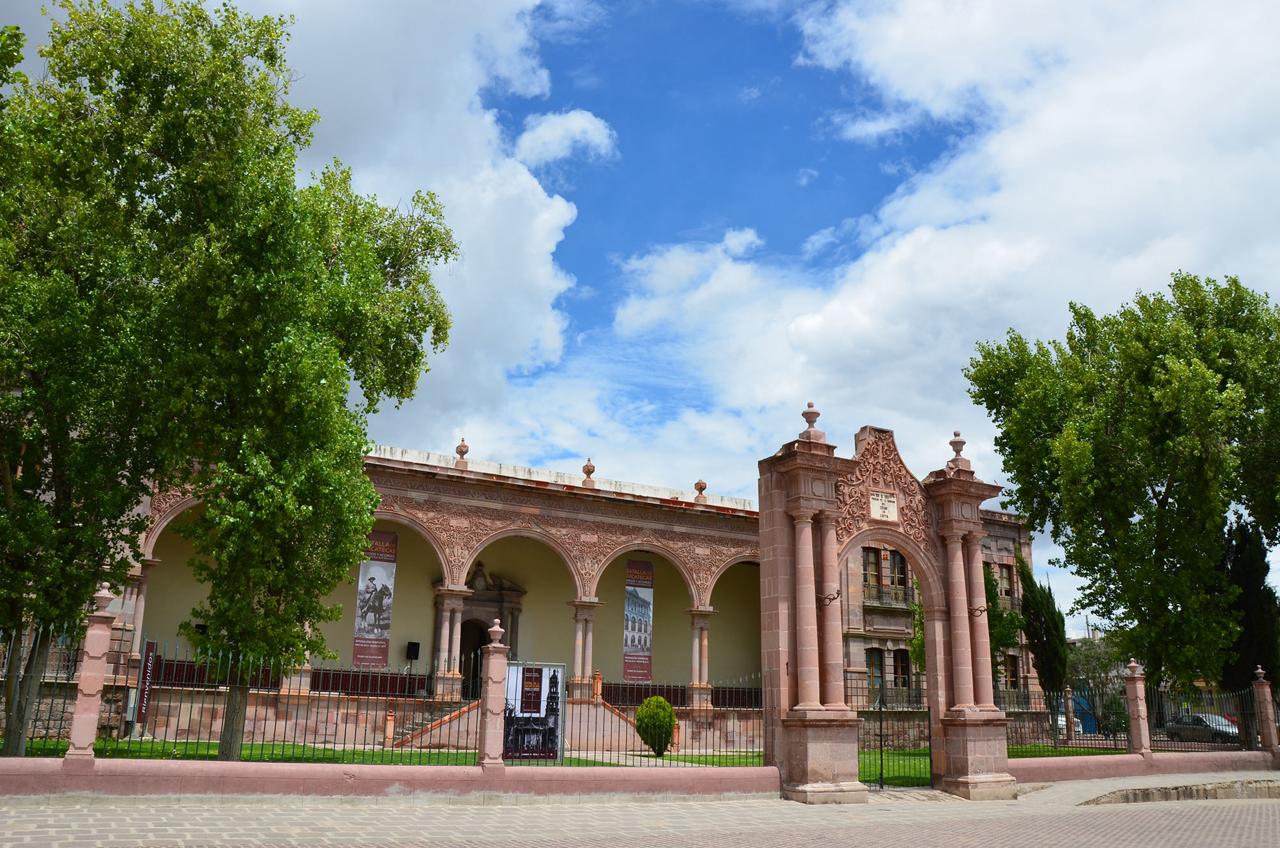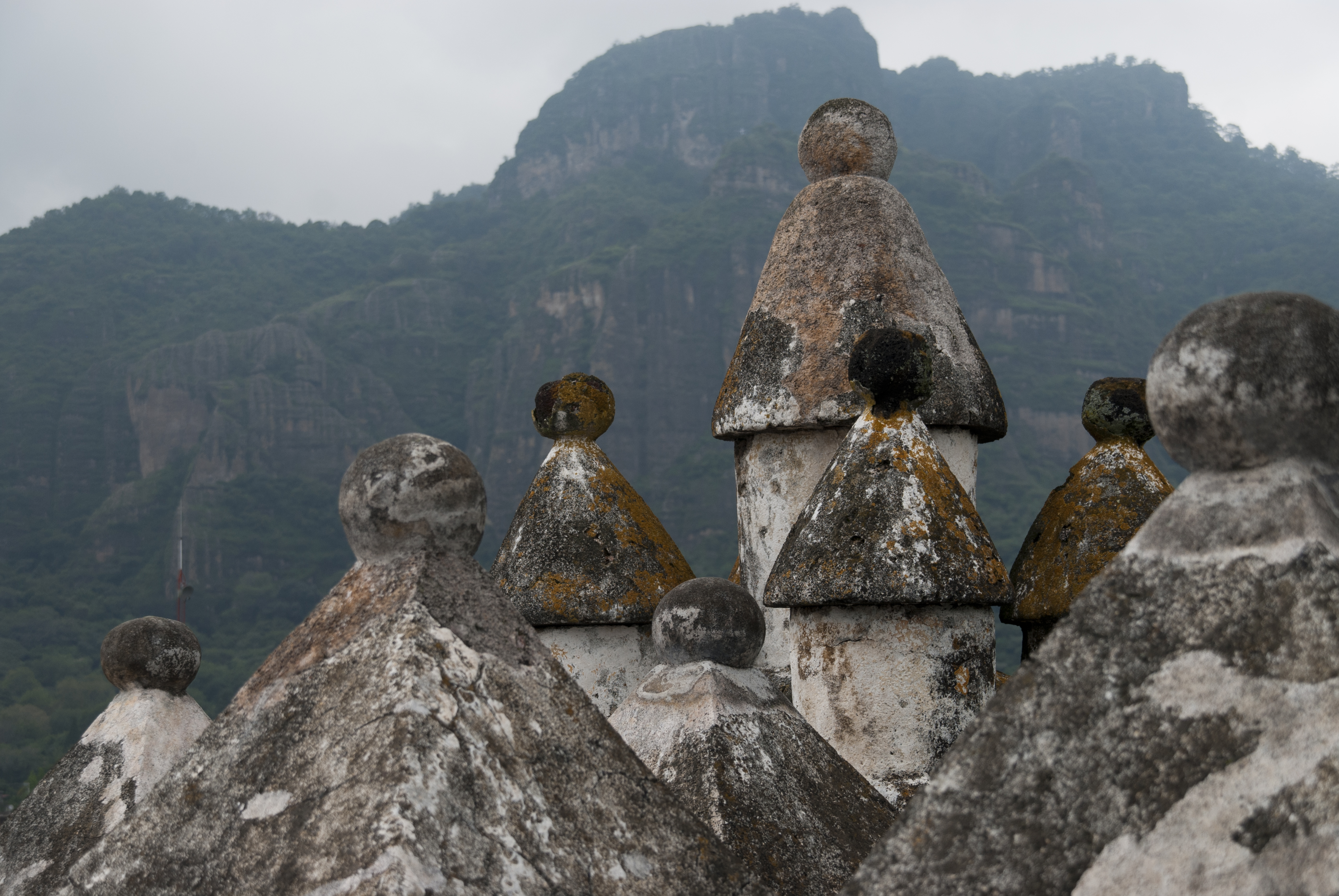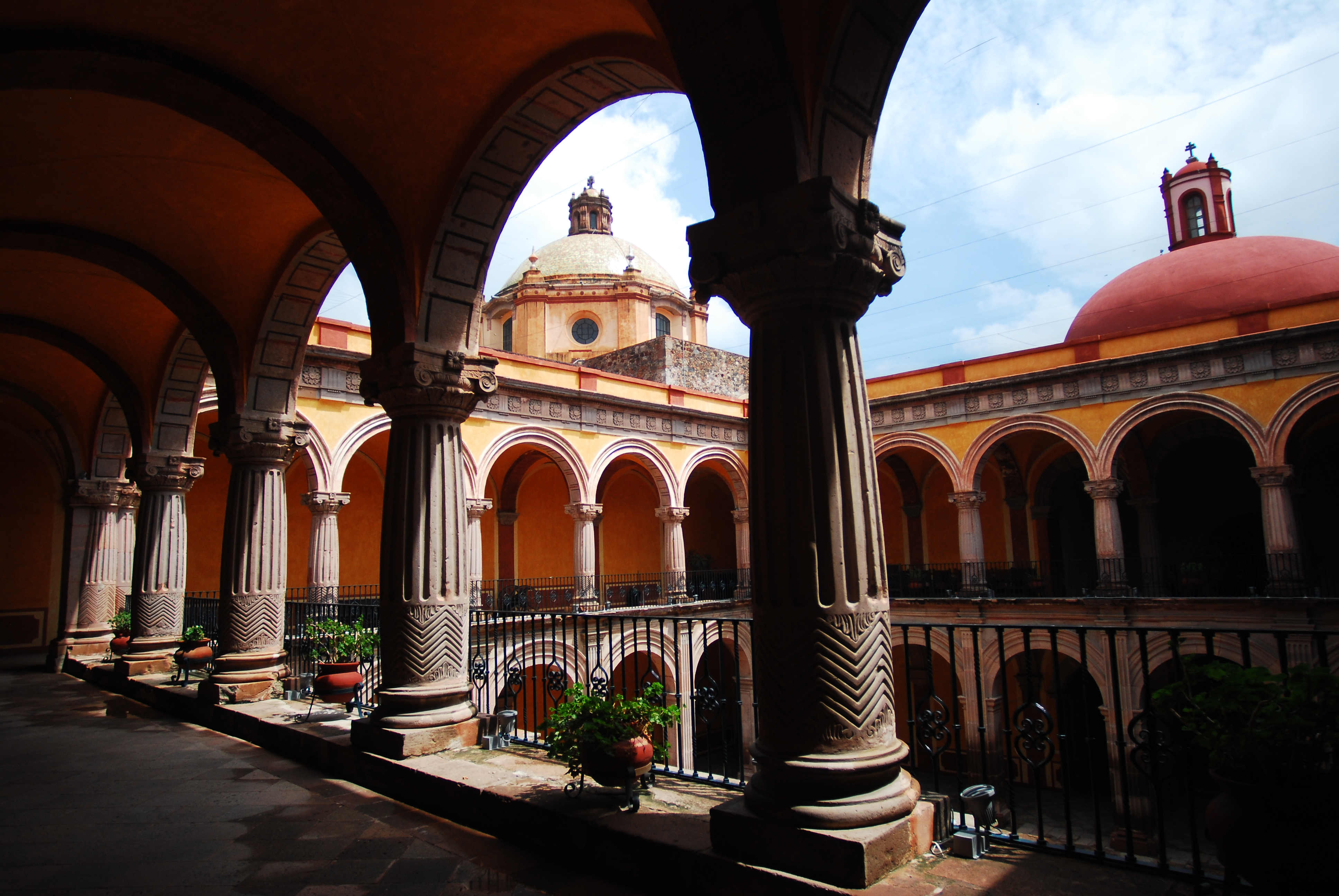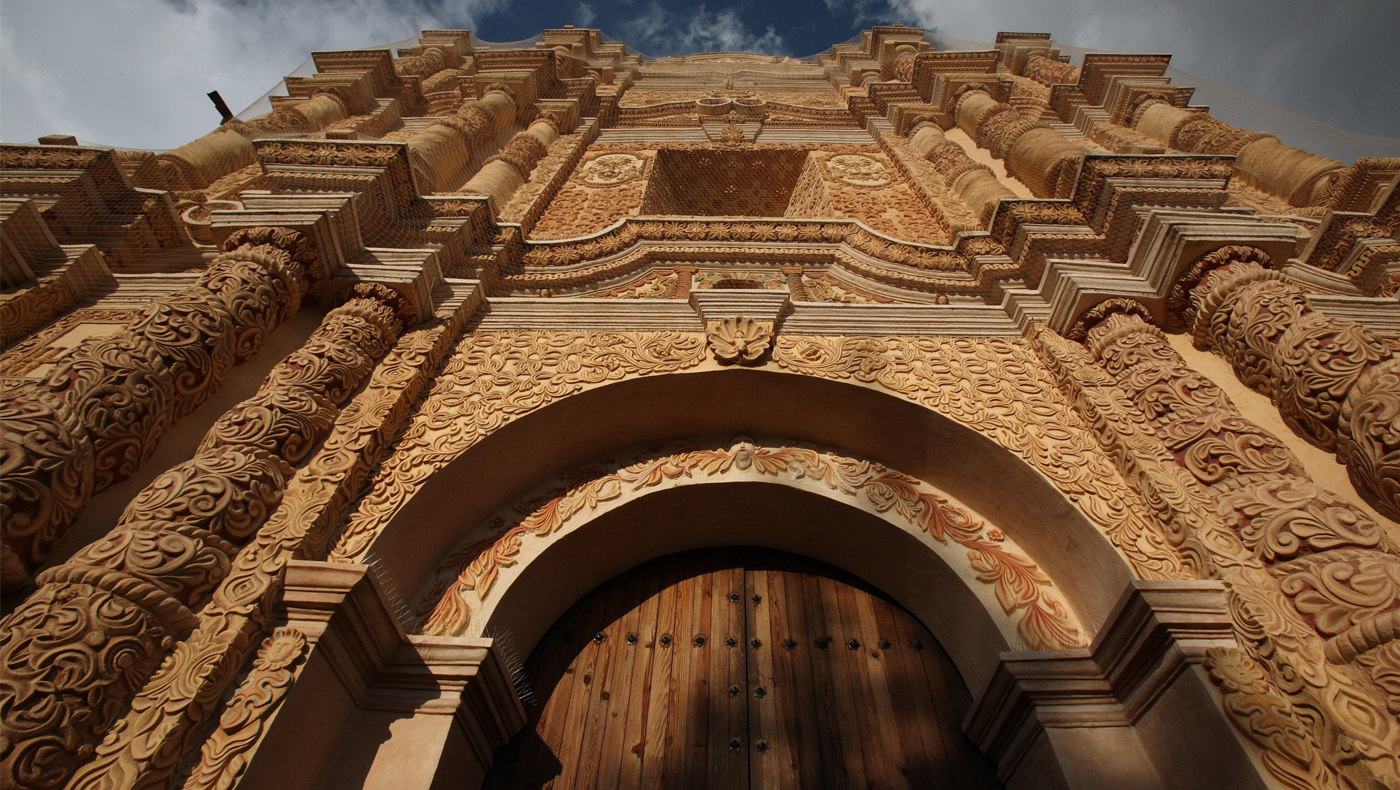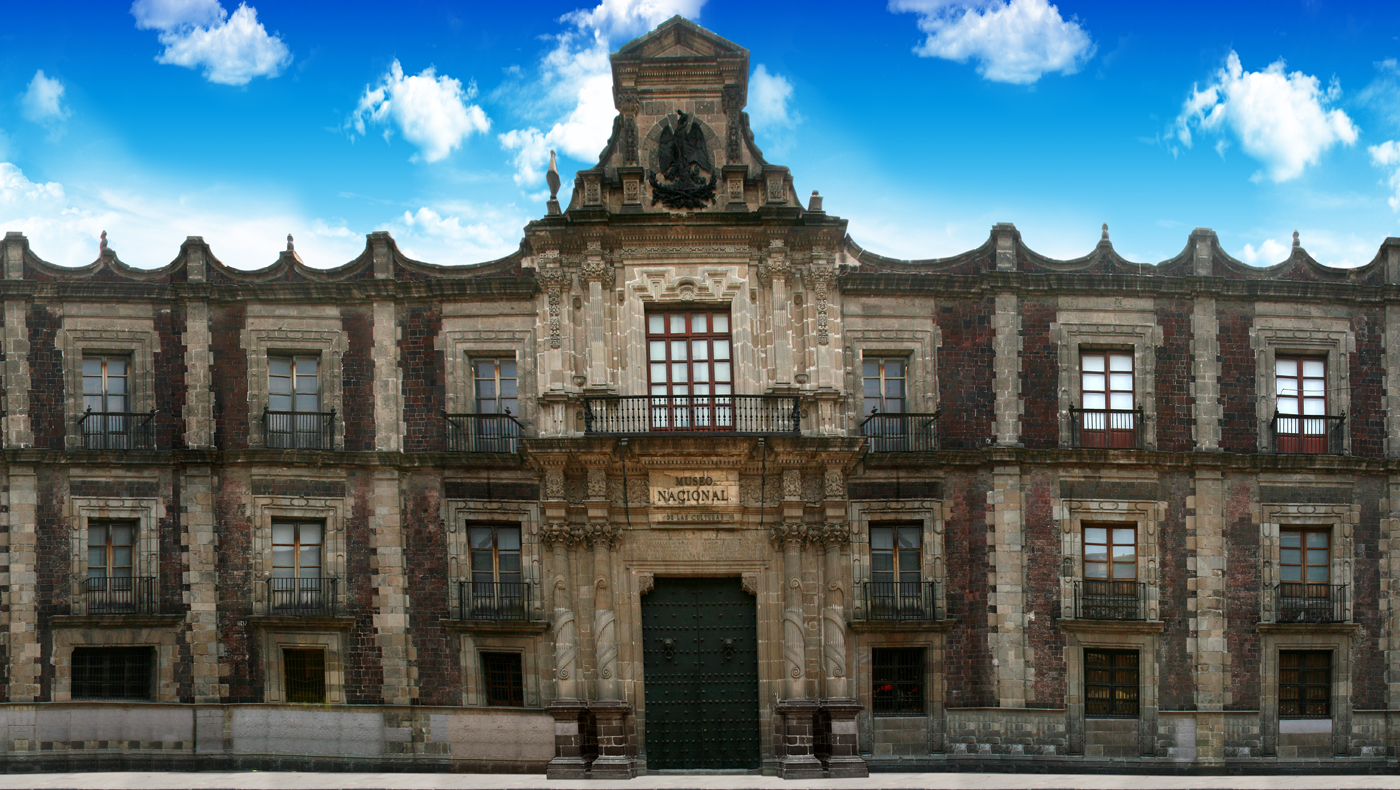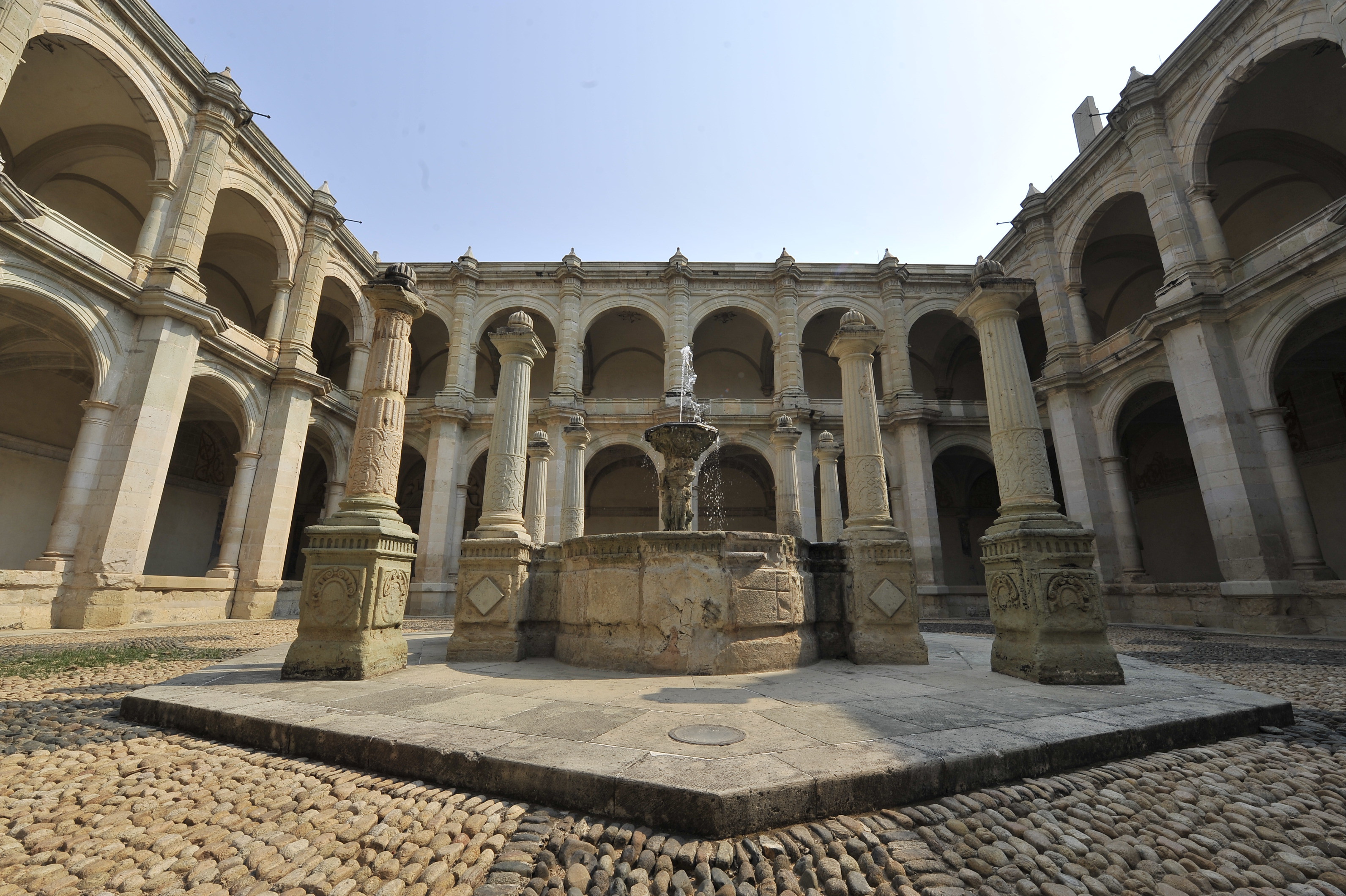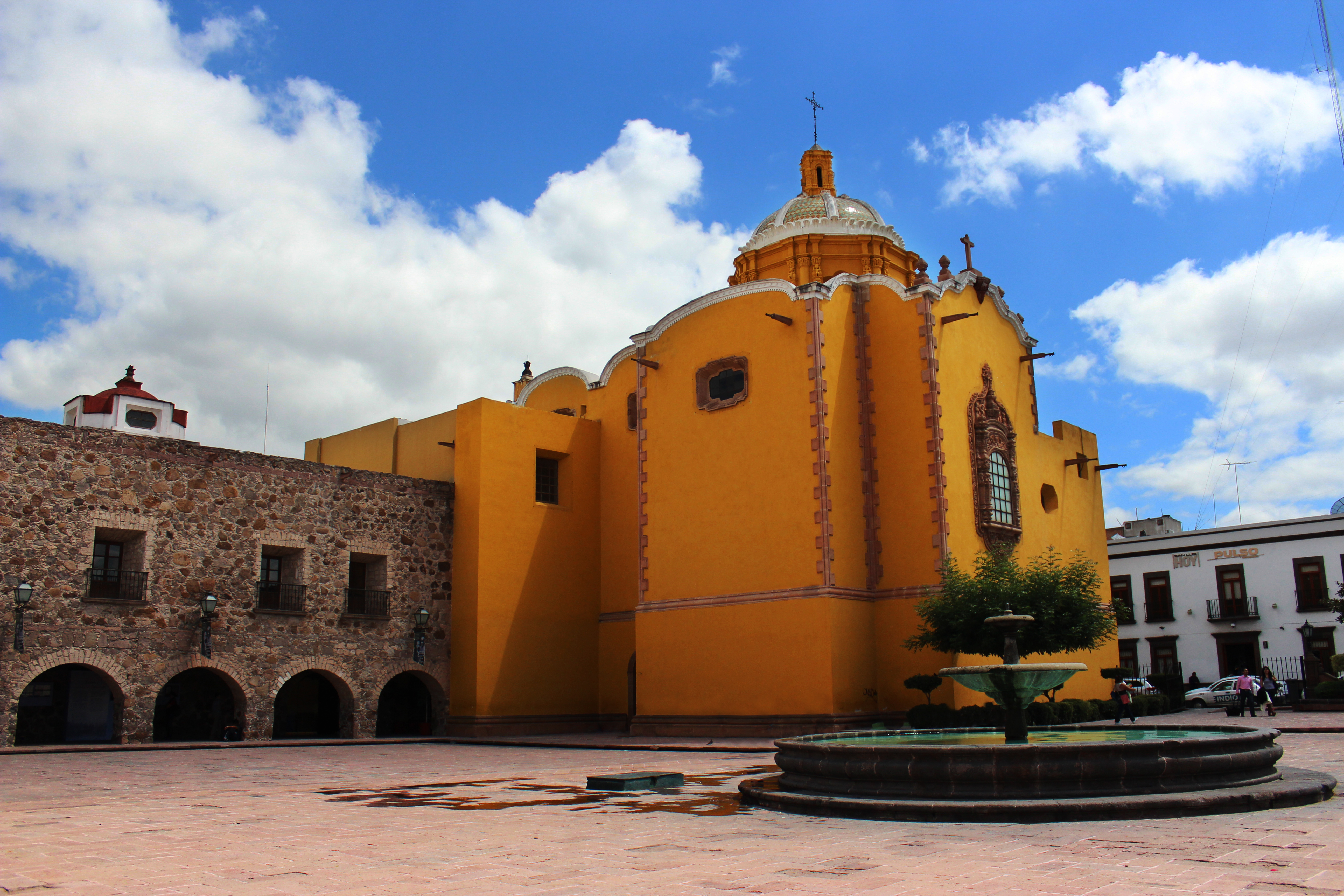
Mostrando 25 - 35 de 35
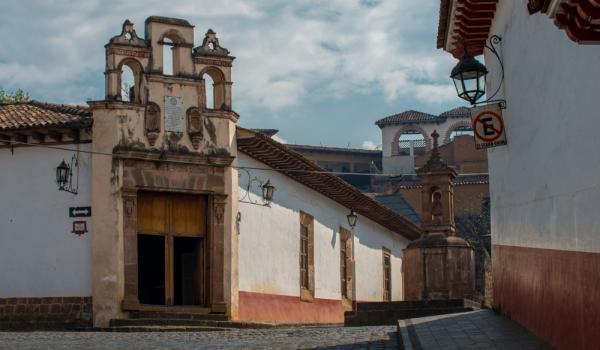
Museo Local de Artes e Industrias Populares de Pátzcuaro
The San Nicolás Obispo College, built for Vasco de Quiroga and opened in 1540, displays the wonderful handcrafts of Michoacan which include: pottery, copper, stone and wooden crafts, lacquerware from Uruapan and Quiroga, Patzcuaro-style guilding, backstrap weaving, treadle loom weaving and embroidery.
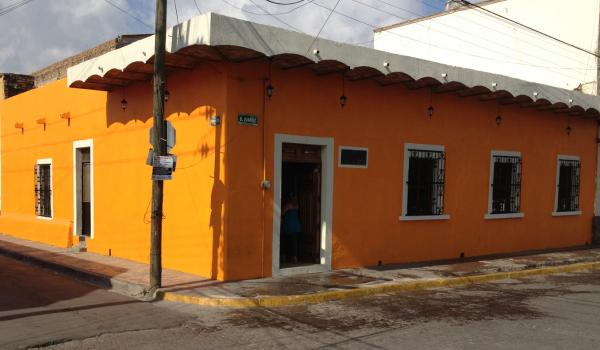
Museo Local de Compostela
The local museum in Compostela, the second capital of New Galicia, is now in an eighteenth century house. It has a valuable pre-Hispanic collection of the shaft tomb and Aztatlan cultures. Many objects tell the later story of the city and the surrounding district.
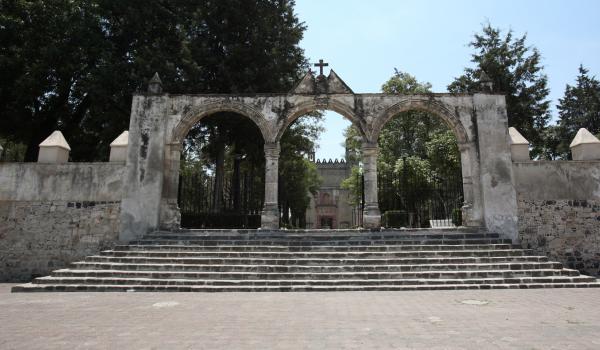
Museo Local de la Evangelización-Ex Convento de Huejotzingo
Franciscan monastery built between 1544 and 1570 in the Plateresque and Mudéjar styles with one of the few Simon Pereyns altarpieces in Mexico. It illustrates missionary work in central Mexico during the colonial period through a wide range of objects.
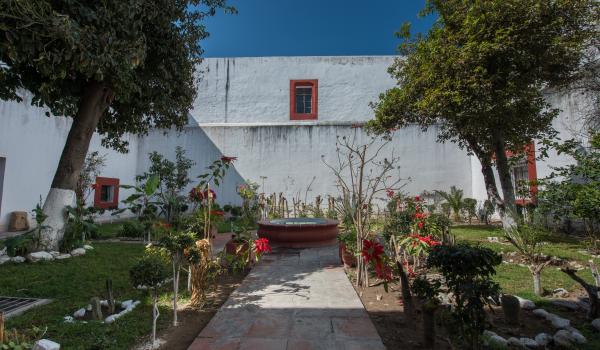
Museo Local Valle de Tehuacán
According to Justo Sierra, the ancient Mexicans were people of corn. This plant of humble origins was domesticated and greatly improved over the course of a long and astonishing social and biological history, as set out in this museum, together with the ancient figures of pre-Hispanic gods.
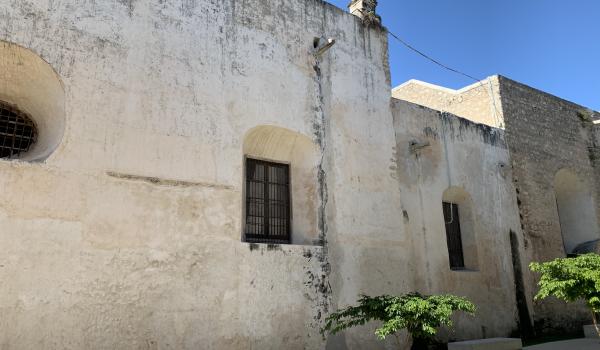
Museo Pinacoteca Juan Gamboa Guzmán
A varied painting collection representing the art of the Yucatan throughout the viceregal period, as well as the nineteenth and twentieth centuries. Also presents examples of sculpture and caricature, and outstanding works by the best romantic artists of the Yucatan.

Museo Regional de Palmillas
The history of the Valley of Córdoba from the fifth century BC to the viceregal period. Highlights include an important statue of Tonatiuh and an interesting musical instrument collection. It also tells the story of the slave trade and the rebellion led by Gaspar Yanga, the undefeated leader who succeeded in founding the continent’s first settlement free from slavery in 1570.
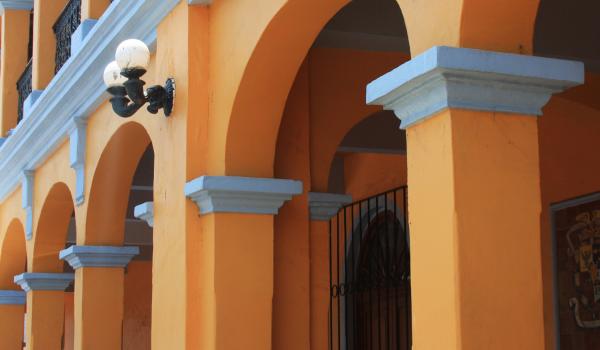
Museo Tuxteco
In the former town hall of Santiago Tuxtla, the place Hernán Cortés chose to establish his marquisate, where he set up the continent’s first wine press. The museum has rich archeological displays of Olmec, Totonac and Mexica cultures, as well as revealing pieces from the viceregal period.1975
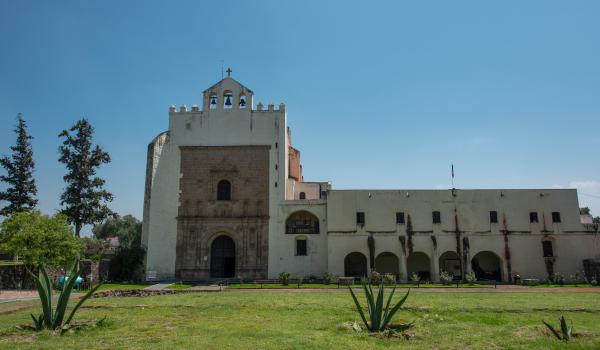
Museo Virreinal, Ex Convento de Acolman
This museum—housed in a large Augustinian construction built near Teotihuacan in a Plateresque and Gothic style, dating back to 1539—has an invaluable set of very early murals and impressive cloisters. The collection includes pre-Hispanic objects, as well as religious paintings and sculptures from the viceregal period.

Museo y Sitio Misional de Nuestra Señora de Guadalupe del Norte
The site is home to a museum of local history displaying objects belonging to the five different periods of occupation recovered in the course of archeological explorations and presented with careful interpretation. The site was an indigenous ranch and home to the Dominican Mission of Our Lady of Guadalupe of the North, a residence for Russian families and a military barracks. The excavations uncovered foundations and the remains of a small construction beside what are believed to be the original walls.
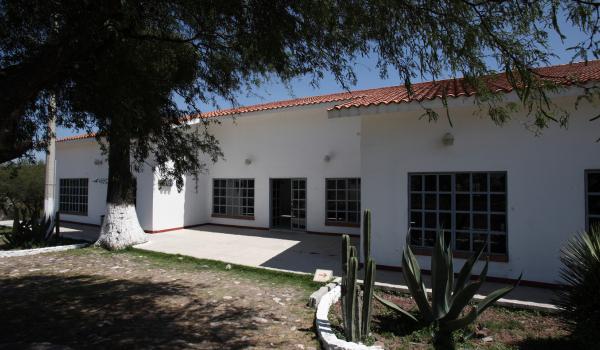
Sala de interpretación "Guadalupe Mastache"
This Interpretation Gallery, dedicated to a well-known Mexican archeologist and restorer, is a great place to visit before seeing the Tula Giants. There are some exceptional pieces: a fragment of a pilaster with images of Tlaloc, the kind god and Tezcaltipoca, the fateful one; a unique jaguar in a single piece and the mysterious chacmools.
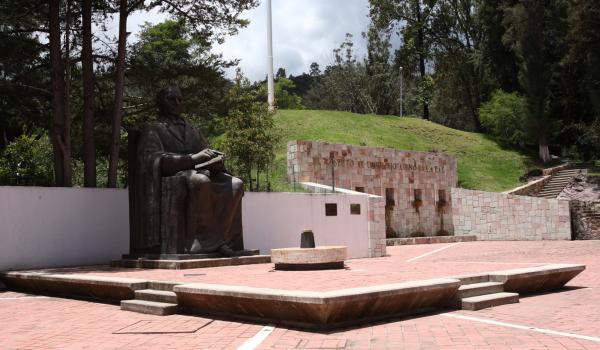
Sala Homenaje a Juárez
The gallery in Guelatao, the Zapotec village where President Juárez was born, tells the story of his life with a selection of personal possessions, biographical and historical materials relating to the difficult period of Mexican history in which he lived.

